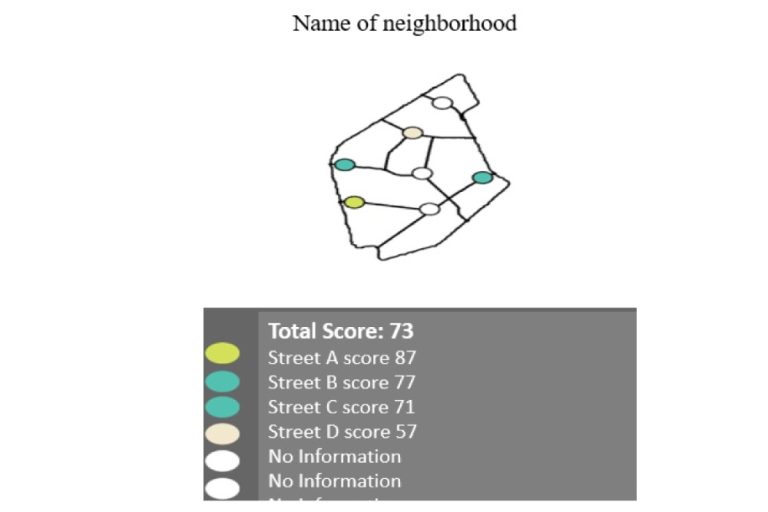- November 14, 2024
Muddy Waters: Design Thinking for Understanding the Multi-Organizational Problem Space of the Water Sector

SDG Highlights
Description
Another Impact Project that won funding by the Division of Innovation & Sustainability at the University of Haifa two years ago, resulted in significant research in the field of environmental sustainability, focusing on challenges met by the Israeli water sector in face of increasing climate variability and temperature changes.
As shown in Muddy Waters: Design Thinking for Understanding the Multi-Organizational Problem Space of the Water Sector, climate change is manifested by rising temperatures (and thus evaporation), and extreme events such as droughts and floods, which have a profound effect on the availability of natural resources, for example, high-quality water. While several technologies for addressing these challenges are available, their adoption is not widespread. In this study, a design thinking (DT) approach was applied to understand the problem space of floods and their handling by the Israeli water sector. Specifically, we aim at addressing the following question: What are the gaps in and barriers to adopting solutions that address sewerage flooding during extreme heavy rainfall events? The DT approach exposed major problems in the conduct of the water sector, including a lack of communication among organizations, the ill-defined distribution of responsibility, unclear and conflicting guidance, and insufficient funds and technological solutions, all hindering the possibility of adopting an integrative solution. This study demonstrates the role that DT plays in understanding a complex, multi-organizational problem space, in our case, the climate change readiness of the water sector, before delving into technological development. Any solution development should involve participants from the various organizations involved in the challenge. It is vital to address not only each organization’s requirements but also its technology adoption barriers and to initiate a comprehensive discussion, ultimately resulting in a shared understanding of all the facets of the challenge that can impact solution development and deployment.
Team members
- Dr. Meira Levy, School of Industrial Engineering and Management, Shenkar College of Engineering, Design and Art, Ramat Gan
- Prof. Mashor Housh, School of Environmental Sciences, University of Haifa
- Prof. Alan Hartman, Department of Information Systems, University of Haifa
- Prof. Ofira Ayalon, School of Environmental Sciences, University of Haifa
- Prof. Bracha Nir, Department of Communication Sciences and Disorders, University of Haifa
- Prof. Avi Ostfeld, Vice Dean, Civil and Environmental Engineering, Technion – Israel Institute of Technology, Haifa
- Prof. Irit Hadar, Department of Information Systems, University of Haifa


